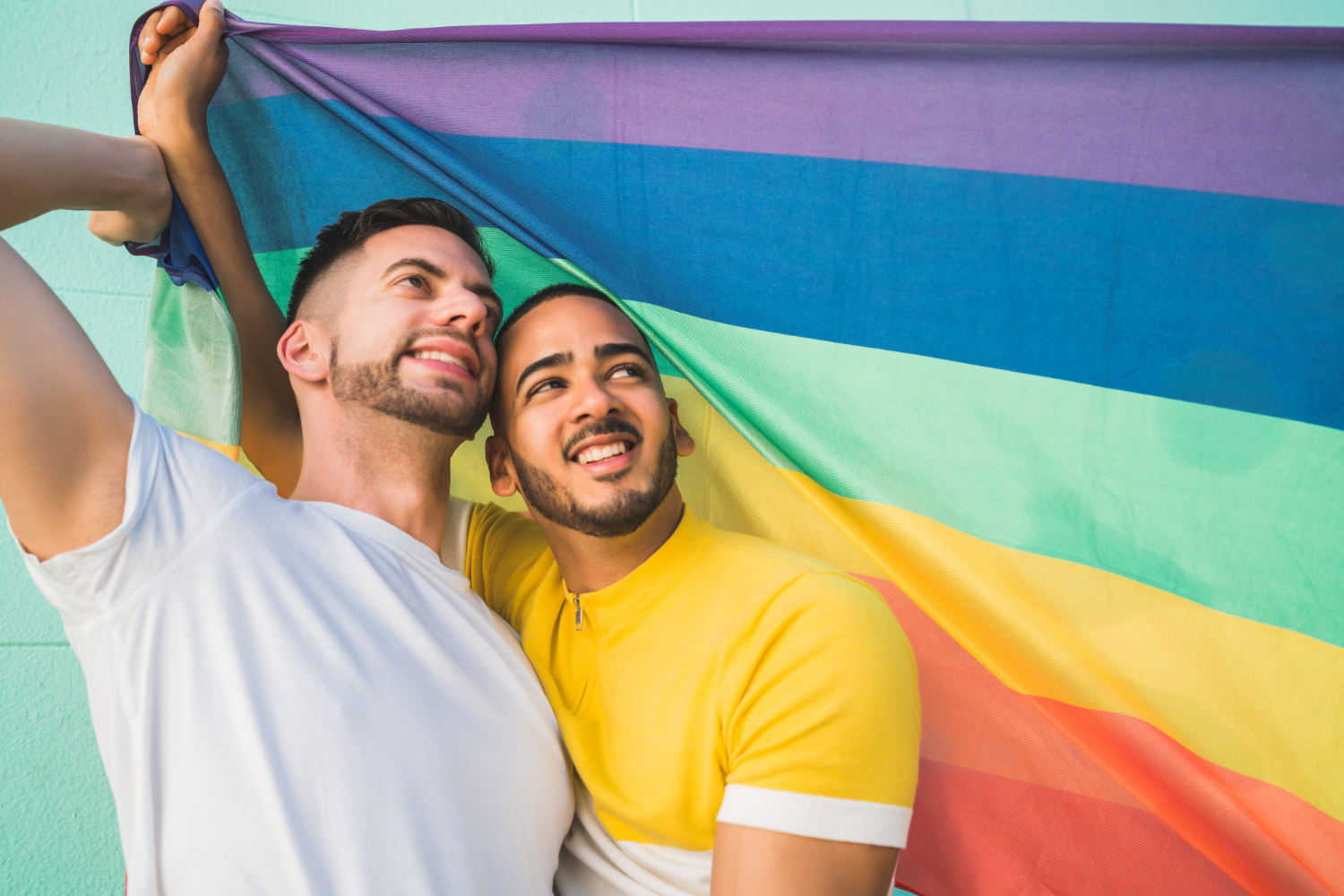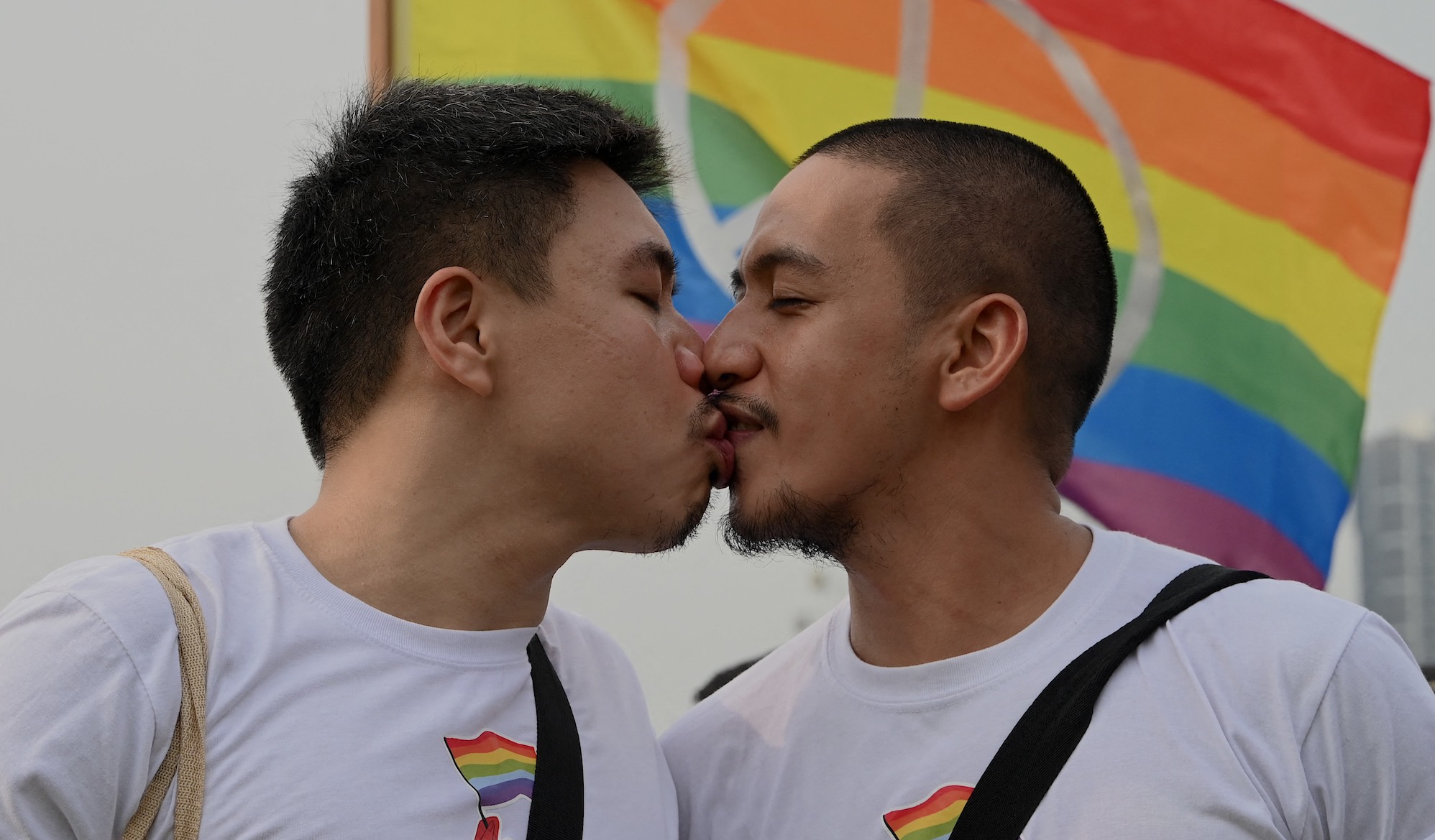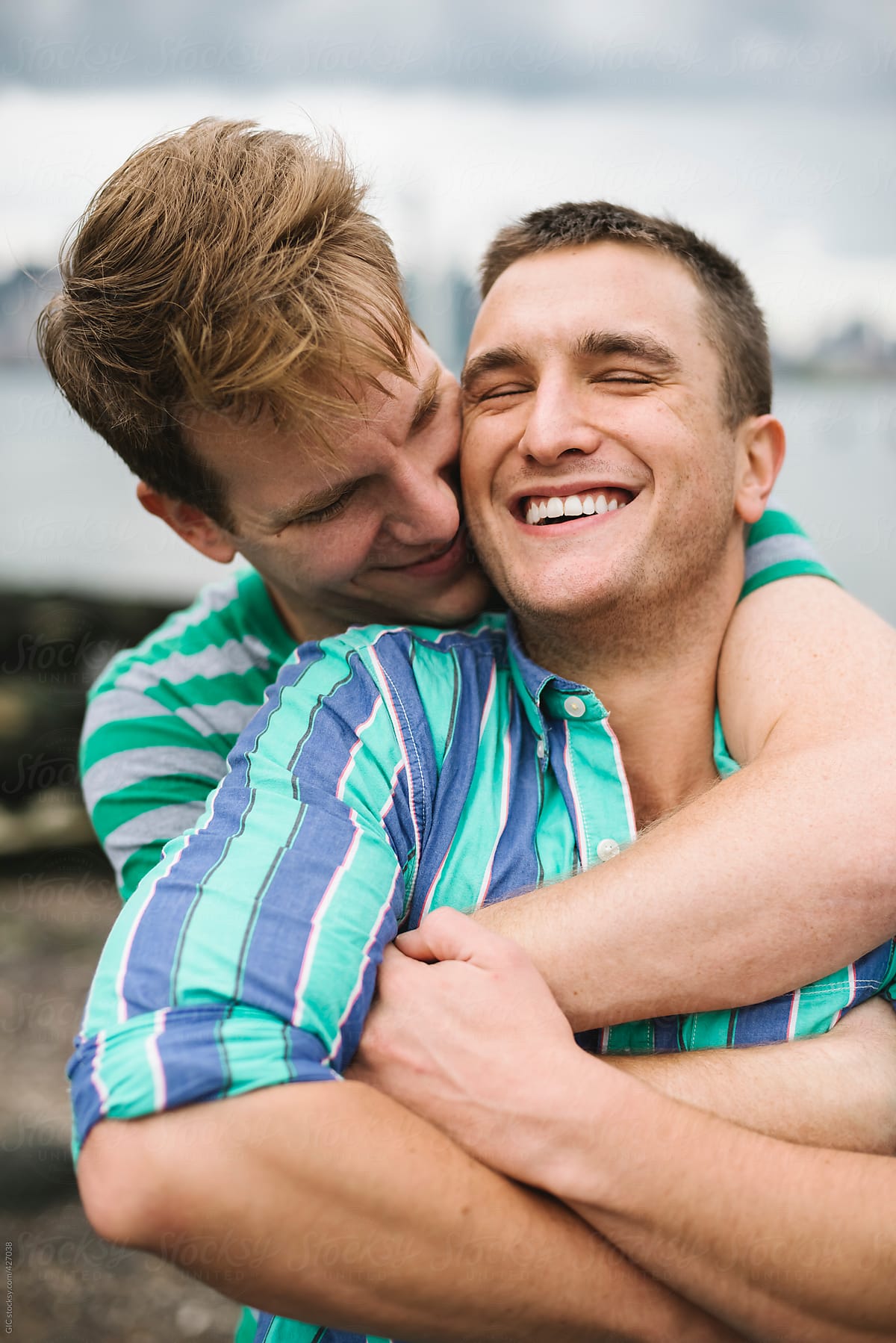AI-Generated Article
This content has been automatically generated using artificial intelligence technology. While we strive for accuracy, please verify important information independently.
Sometimes, we find comfort in shared experiences, in places where people understand us without needing many words. For many who are part of the queer community, there is often talk of a "gay bubble," a space where folks might feel a bit more at ease, a place of belonging. It is a concept that speaks to the idea of community, a gathering place for those who share similar feelings and life paths. This idea, you know, suggests a certain level of protection or a sense of safety from the outside world.
Yet, the truth is, this feeling of complete safety, this "bubble," so it seems, can only go so far. Life outside these perceived safe spots continues, bringing both challenges and opportunities that reach beyond any specific community. It is a big world out there, and while connection with others like you offers strength, it is also true that the experiences of queer people stretch into every corner of society, sometimes facing harsh realities that no bubble can fully shield against. There are moments when the outside world pushes right into what might feel like a secure place, changing the picture entirely.
This article looks at some of those deeper truths, the ones that show us the actual circumstances of queer lives, the parts that exist both inside and outside any idea of a protected area. We will consider what it means to be a person whose feelings for others, or whose inner sense of self, does not fit into older ideas. We will also touch on the ongoing work to make things better for everyone, and the difficult moments that remind us how far we still need to go. Basically, it is about seeing the full picture, the bright spots and the parts that need a lot more care.
- French Prairie Gardens Oregon
- Cyberkitty Onlyfans
- Seafolly Swimwear
- Julio Cesar Pimentel Soriano
- Anastasia Pagonis Erome
Table of Contents
- The Human Heart of Identity
- What is Sexual Orientation, Really?
- Beyond the Binary – Understanding Gender Identity
- A Community's Grief – The Muhsin Hendricks Story
- Who Was Muhsin Hendricks?
- Protections and Pushback – Is the Gay Bubble Enough?
- How Do Global Voices Shape Our Rights?
- When Safe Spaces Feel Threatened – The Gay Bubble's Edge
- Healing and Learning – Moving Past Harm
- Recovering from Conversion Practices
- Why is Inclusive Education Still a Dream?
- Looking Ahead – What's Next for the Gay Bubble?
The Human Heart of Identity
Understanding who we are, at our very core, involves many different pieces. It is about how we feel, what draws us to others, and how we see ourselves in the world. For some, these parts of themselves fit neatly into common ideas, but for others, it is a different kind of fit, one that asks for a broader way of thinking. This personal journey of discovery, that is, shapes how people move through their days and connect with those around them. It is a deeply personal thing, how we come to know our own heart and mind.
What is Sexual Orientation, Really?
When we talk about sexual orientation, we are really talking about where someone's heart feels a pull. It points to a lasting pattern of emotional closeness, romantic feelings, or physical desire for other people. This could mean a person feels drawn to men, or to women, or to both sexes. It is a deep part of who someone is, a kind of internal compass that points towards connection with others. This attraction, you know, can also show up in how people act or the groups they choose to be a part of. It is a fundamental piece of someone's personal make-up, guiding their relationships and their place within social groups.
This feeling, this internal pull, is not something someone chooses, but rather something they discover about themselves over time. It is a core element of a person's individual identity, influencing their dreams, their hopes for partnership, and the very way they experience love and closeness. For many, this part of themselves shapes their life story, how they relate to the world, and the kind of connections they build. It is a fundamental truth about a person's inner landscape, guiding their path in life.
Beyond the Binary – Understanding Gender Identity
Then there is the matter of gender identity, which is about how a person feels inside about being male or female, or perhaps something else entirely. It is a personal sense of self that might be different from what society expects based on a person's body at birth. The word "transgender" is a broad term that covers many people whose inner sense of being a man or a woman, or how they show that to the world, does not line up with common ideas about gender. It is about an inner knowing, a feeling that is very much a part of who someone is. This inner sense, you know, is a deeply personal thing, a truth that resides within each person.
For individuals whose gender identity or the way they present themselves differs from common ideas, life can involve a journey of expressing their true self. This might mean making changes to how they look, how they dress, or even the name they use, all to match that inner feeling. It is a process of aligning the outside with the inside, and it is a very important part of living authentically. This personal truth, that is, is something that each person holds within them, guiding their path toward self-expression.
A Community's Grief – The Muhsin Hendricks Story
Sometimes, the harsh realities of the outside world break through any idea of a safe place, bringing deep sorrow. The news of Muhsin Hendricks' death, for instance, shook many people. On February 15, he was shot and killed in Gqeberha, South Africa, as he was leaving to lead a service. He was an openly gay imam, a scholar of Islam, and someone who worked hard for the rights of queer people. His death was a tragic reminder of the dangers some individuals face, even when they are simply living their lives and doing good work. It was a moment that brought a profound sense of loss to many who knew him and his work, highlighting the vulnerability that exists beyond any perceived "gay bubble but" real threats.
His work meant a lot to many, offering a sense of hope and showing that faith and queer identity could exist together. His life was a testament to courage, and his passing left a significant void. It showed, too, that even people who build bridges between communities can become targets, reminding us that the fight for acceptance is far from over. This event, you know, brought a sharp awareness of the ongoing struggles faced by activists and community leaders around the world.
Who Was Muhsin Hendricks?
Muhsin Hendricks was a person of great importance within his community and beyond. His life story is one of dedication to both his faith and to the cause of equality for queer individuals. He was a beacon for many, showing that it was possible to hold both identities with integrity. Here are some details about him:
| Role | Openly gay imam, Islamic scholar, and LGBT rights activist |
| Location of Death | Gqeberha, South Africa |
| Date of Death | February 15 |
| Circumstance | Shot and killed while leaving to officiate a service |
| Significance | A leader who worked to reconcile Islamic faith with queer identity |
His contributions went far beyond his immediate community, touching lives and inspiring conversations in many places. He was, in a way, a pioneer, pushing for a more accepting and understanding world. His work continues to influence people even after his passing, serving as a reminder of the need for continued advocacy and open dialogue. It is a legacy that speaks volumes about his character and commitment.
Protections and Pushback – Is the Gay Bubble Enough?
The idea of a "gay bubble" sometimes suggests a place where all troubles disappear, but the reality is often quite different. While community spaces offer support, the broader legal and social landscape still presents many hurdles. There is an ongoing conversation around the world about how to best protect the rights of queer people, and sometimes, even established protections can feel shaky. It is a constant push and pull between progress and resistance, showing that even when you feel safe, the wider world keeps moving. This continuous effort, you know, shapes the daily lives of many people.
How Do Global Voices Shape Our Rights?
The discussion around queer rights is not just a local one; it is a global conversation. Countries often look at each other, sharing ideas and making suggestions on how to improve things. For example, during its 2020 Universal Periodic Review cycle, the United States of America received advice from several countries, including Iceland, Belgium, France, and Malta, about the rights of LGBTQ+ people. These recommendations are part of a larger international effort to make sure everyone has equal treatment and protection under the law. It is a way for the world to hold itself accountable, asking each nation to consider how it treats all its people. This kind of international dialogue, you know, can really help push for better conditions everywhere.
These suggestions from other nations highlight areas where improvements are still needed, even in places that might seem quite advanced in terms of rights. They serve as a reminder that the work for equality is a continuous process, one that benefits from outside perspectives and shared experiences. It is a way of saying, "We see what is happening, and here are some thoughts on how things could be better." This global perspective, that is, helps to keep the conversation moving forward, ensuring that no country can simply rest on its past achievements.
When Safe Spaces Feel Threatened – The Gay Bubble's Edge
Sometimes, even when people feel somewhat secure within their communities, events can happen that make those feelings of safety waver. Upon returning to power on a Monday, for instance, United States President Donald Trump issued a very broad executive order that aimed to take apart important protections for queer people. Such actions can send a ripple of worry through communities, making people feel as though the ground beneath them is shifting. It is a sharp reminder that protections, once gained, can sometimes be at risk, showing the limits of any perceived "gay bubble but" still vulnerable to political changes. This kind of sudden change, you know, can really affect how people feel about their place in society.
These moments can be very unsettling, making people question how truly safe their spaces are. It shows that even within a supportive community, the outside world's decisions can have a direct and powerful impact. It is a constant vigilance that is needed, a readiness to speak up and defend the gains that have been made. This reality, that is, means that the idea of a completely impenetrable safe zone might not fully reflect the lived experiences of many queer individuals.
Healing and Learning – Moving Past Harm
Beyond the political and social discussions, there is a very human side to the challenges faced by queer people: the need for healing from past harms and the desire for better information. Many individuals have gone through difficult experiences that have left lasting marks, and there is a clear call for more helpful resources and education. It is about mending what has been broken and building a future where people feel truly supported and well-informed. This focus on care and knowledge, you know, is a vital part of moving forward.
Recovering from Conversion Practices
One particularly harmful experience some queer people have faced is what is often called "conversion therapy." This refers to attempts to change a person's sexual orientation or gender identity, practices that are widely seen as ineffective and deeply damaging. There is a real need to help gay and bisexual men, for instance, recover from the lasting effects of these practices. The journey of healing from such experiences can be long and requires specialized support and understanding. It is about recognizing the harm done and providing a path toward emotional well-being. This recovery process, you know, is a very important part of someone's journey to feeling whole again.
The impact of these practices can linger for years, affecting a person's mental health, their self-worth, and their ability to form healthy relationships. Providing safe spaces and resources for survivors is a critical step in acknowledging the pain caused and helping people rebuild their lives. It is about offering compassion and practical help to those who have been through something incredibly difficult. This kind of support, that is, makes a real difference in people's lives, helping them find peace and strength.
Why is Inclusive Education Still a Dream?
Another area where there is a strong call for change is in education, specifically around topics of sex and relationships. Many queer individuals feel that the information they received growing up was not helpful or complete. Studies show that gay and bisexual adult men (Currin & Hubach, 2020) and trans people (Hobaica, Schofield, & Kwon, 2019) both looked back and expressed a wish for more thorough and welcoming sex education. This means wanting information that speaks to their experiences, their bodies, and their relationships, rather than just focusing on straight, cisgender perspectives. It is about making sure all young people get the full picture, helping them understand themselves and others better. This desire for more complete learning, you know, points to a significant gap in what is currently offered.
When education does not include everyone, it can leave people feeling unseen, misunderstood, or even ashamed. Comprehensive and inclusive sex education helps young people understand their own bodies, their feelings, and how to have healthy, respectful relationships, no matter their orientation or gender identity. It is about giving them the tools they need to make good choices and feel good about who they are. This kind of learning, that is, can really make a difference in how young people grow up and how they see the world, especially when thinking about a "gay bubble but" also the broader society.
Looking Ahead – What's Next for the Gay Bubble?
The concept of a "gay bubble" points to a human need for belonging and safety, yet the realities discussed show that this safety is often complex and sometimes fragile. The journey for queer people involves both finding comfort within their communities and facing the broader world's challenges. It is about understanding that while shared spaces offer strength, the fight for full acceptance and protection continues in every part of society. The experiences of individuals, from defining who they are to dealing with loss and seeking better education, show that life for queer people is lived across a wide spectrum of feelings and situations. It is a path that calls for ongoing awareness and effort from everyone.
🖼️ Related Images



Quick AI Summary
This AI-generated article covers Gay Bubble But - Realities Beyond The Comfort Zone with comprehensive insights and detailed analysis. The content is designed to provide valuable information while maintaining readability and engagement.
Marley Hilpert
✍️ Article Author
👨💻 Marley Hilpert is a passionate writer and content creator who specializes in creating engaging and informative articles. With expertise in various topics, they bring valuable insights and practical knowledge to every piece of content.
📬 Follow Marley Hilpert
Stay updated with the latest articles and insights